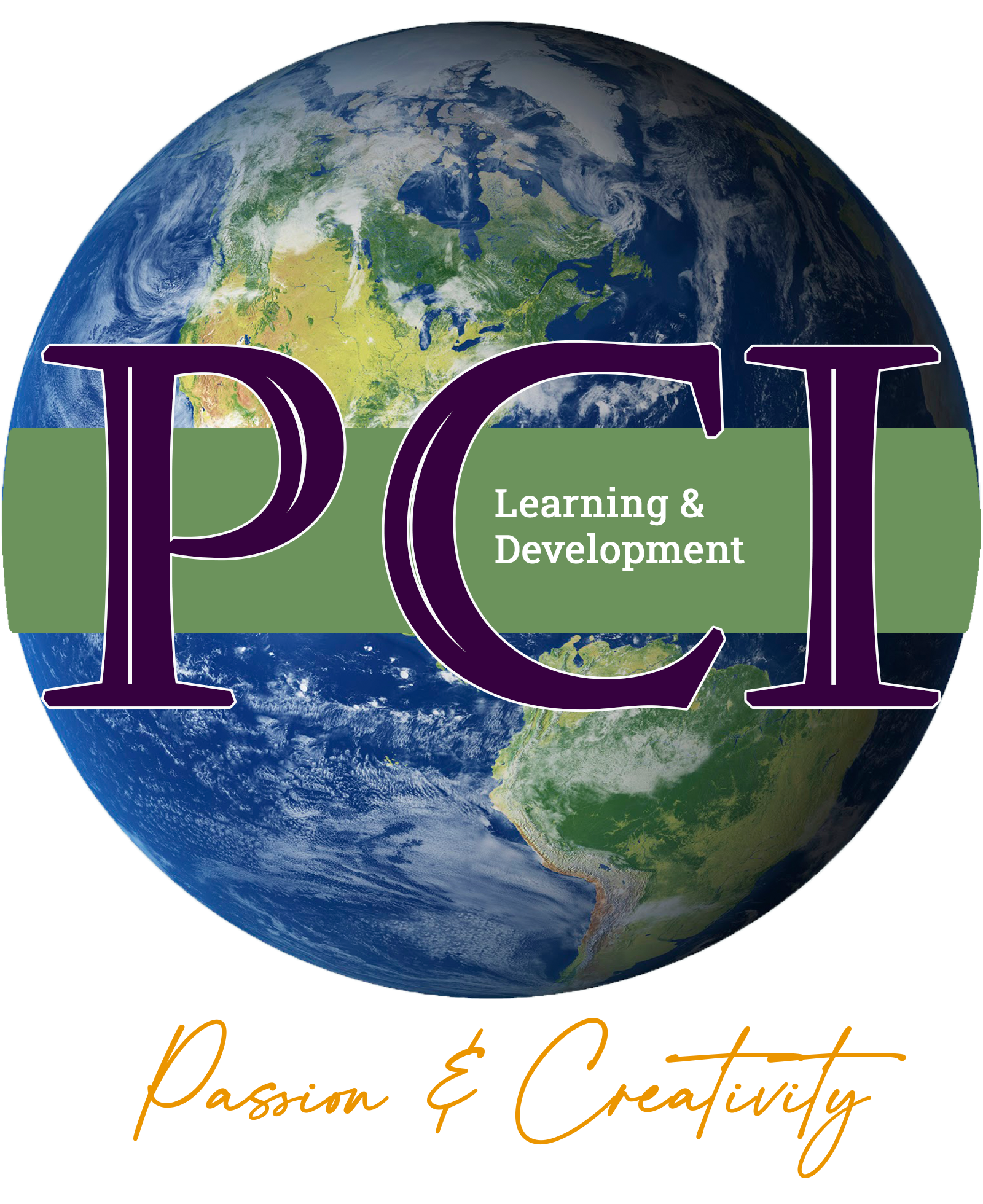Course Content:
Thinking Styles
- Lateral Thinking definition
- Thinking laterally
- Using lateral thinking to generate ideas
- Lateral vs. Creative
- Outside of the box vs. there’s no box
- Left Brain/Right Brain orientation
Mind Mapping
- The importance and characteristics of Mind Maps
- How to use Mind Maps
- The power of generating ideas
- The major stages of Mind Maps
Strategies for Creative and Innovative Thinking
- Walas Theory – 1926
- West Theory – 1990
Creativity and Innovation Tools
- Edward de Bono’s Six Thinking Hats
- Brainstorming
- Asking effective questions – Probing Technique
- Plan and Strategy and Design Thinking
- Analytical skills by clarifying relevant issues and questions: why, who, options, benefits and risks
Problem Solving Fundamentals
- Defining and Identifying Problems
- The steps of effective problem-solving system
- Generating alternatives
- Evaluating and selecting alternatives
- Implementing solutions
Analysing Problems
- Understanding Complexity
- Cause-and-Effect Diagram
- Discover the root cause of a problem
- Uncover bottlenecks in your processes
- Identify where and why a process isn’t working
The SIMPLEX Technique in Creative Problem Solving
- Problem Solving Assessment?
- Problem Solving tools
- 5 Why’s Technique
- SWOT Analysis
Problems Tools
- The use of the analytical techniques in solving problems
- Questions Techniques
- Positive mindset in explaining problems
- How to confront problems to prevent future stress
- The anatomy of problems and why they persist
Decision Making
- What, Why and Effects and Benefits of Decision
- Characteristics of a strategic decision maker
- Decision making Assessment
- Challenges of making good strategic decisions
Decision Making Techniques
- Pareto Analysis
- Paired Comparison
- Thomas Satay’s analysis
- Forced Field Analysis
- PMI
Challenges and Obstacles
- People related
- Process related
- Power related
- Origin of poor decisions and impact on current circumstances
Stages of Making Effective Decisions
- Six Steps to make an Effective Decision
- Create a constructive environment
- Generate good alternatives
- Explore these alternatives
- Choose the best alternative
- Check your decision
- Communicate your decision, and take action
- Prioritization – Identify and select priorities
- Effects of better decisions on leadership impact and organizational performance
- Factors to consider when decisions are made at different levels i.e. senior management, project team, cross-functional etc.
- Mental reasoning flaws

